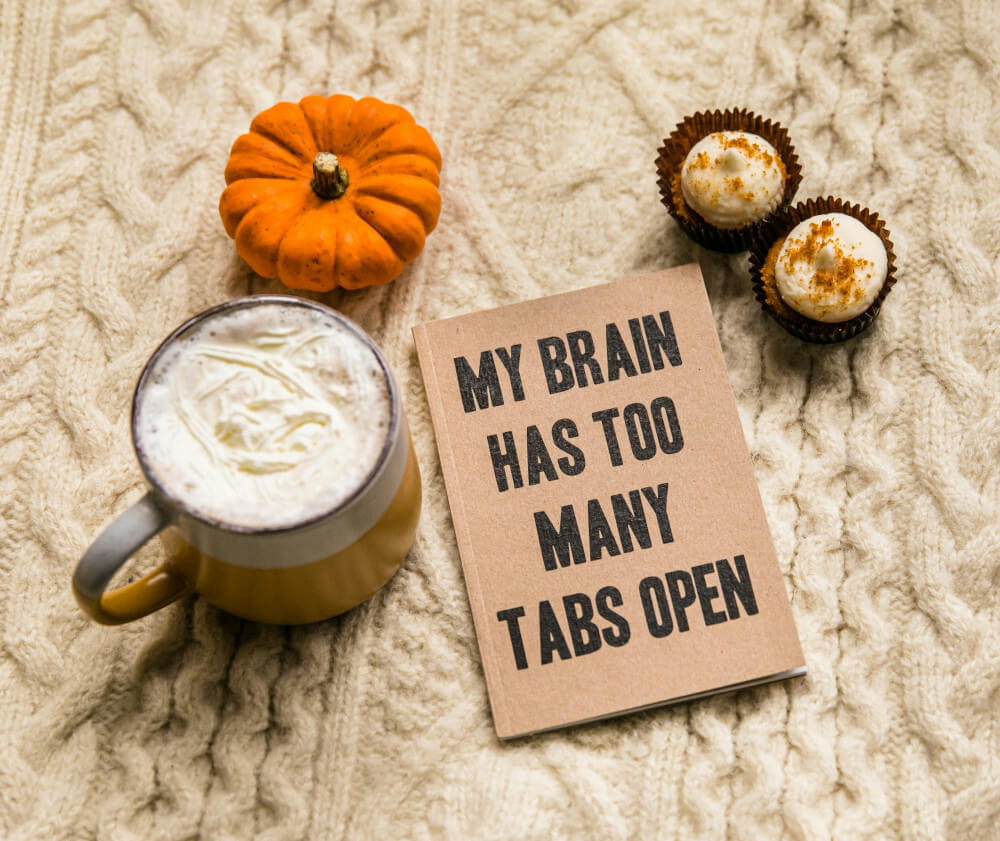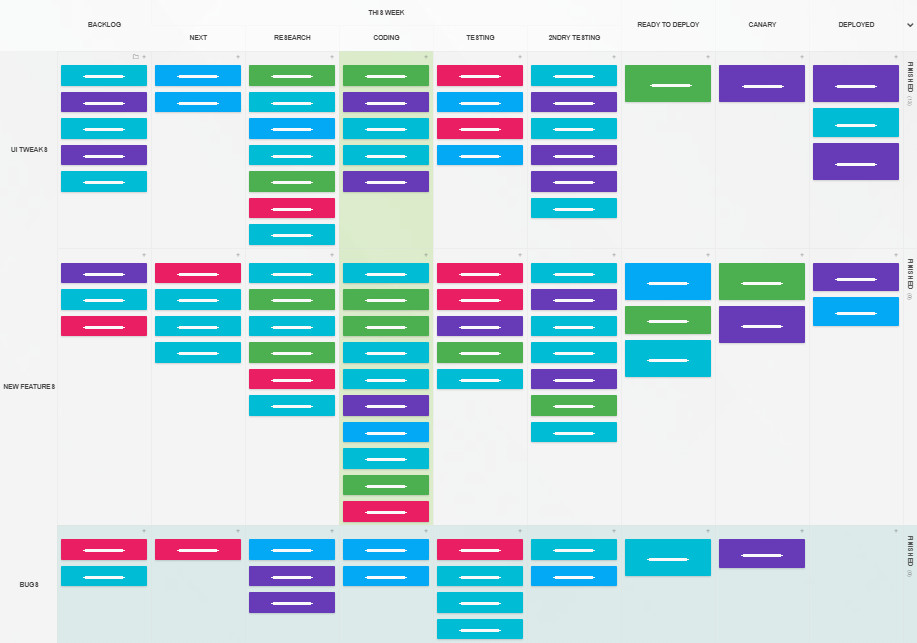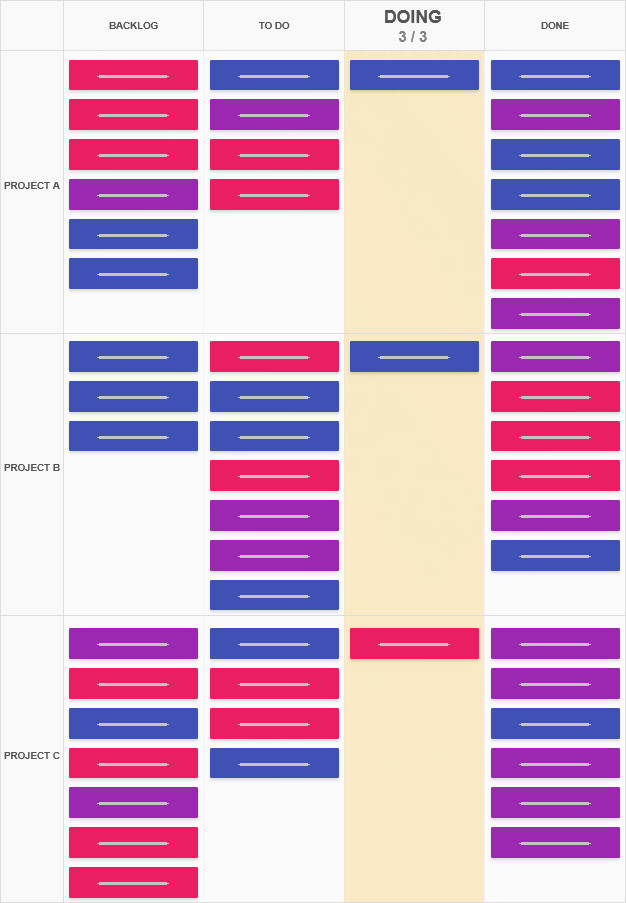Blog
Dopamine, Focus & Flow — The Neuroscience of Kanban Boards01 Apr 2025

Kanban boards application to work planning and management is firmly based on visual categorizing and reordering — anyone who's ever seen a Kanban board will know it. But have you wondered why this illustrative approach works so well for us? Today we take a brief look at neuroscience' fascinating insights into why visual task management is so effective.
1. Cognitive load & visual working memory
Your brain has limited working memory capacity. According to Miller's Law an average human will be able to hold on to around seven pieces of information in their short-term memory.
A visual representation of those information pieces can reduce the cognitive load by externalizing information, preventing overload and thereby reassuring you.

2. Dopamine & reward systems
Visually completing tasks — such as checking off a to-do list, sliding a task card to the "Done" column, or archiving a week's worth of items — can trigger dopamine release, providing satisfaction and hence working to reinforce productivity. This way, illustrative and tactile progress tracking stimulates your brain's reward center, creating motivation loops and keeping you interested and focused.

3. Prefrontal cortex & decision-making
The prefrontal cortex is responsible for planning and executive function of your brain. Perceiving your goals and priorities in a clear, visual fashion — typically at a single glance, with a well-planned Kanban board — can reduce decision fatigue and speed up your readiness to take action.
4. Spatial cognition & mental mapping

To organize and retrieve information, your brain uses spatial cognition, which is the core behind visual mapping and tracking tools such as Kanban boards. Splitting to-dos into completion stages and sorting them by priority leverages spatial mapping and naturally presents to you what matters most at the moment.
5. Attention & multitasking
Research suggests that a clear visual structure helps to sustain attention in complex work settings by reducing distractions and cognitive drain, as well as better manage competing demands and improve task-switching capabilities. In short, you are not more efficient by attempting to tackle several tasks at once.

Summing up, Kanban boards can be more than just convenient organizational tools — they align perfectly with how our brains process, store, and act on information. By leveraging visual categorization, spatial mapping, and the brain’s natural reward systems, Kanban helps to reduce cognitive overload, enhance motivation, and streamline decision-making.
Today's work environments make efficiency and the ability to focus paramount, and a Kanban board can serve as your mental extension—keeping priorities clear, minimizing distractions, and reinforcing progress. A well-structured and straightforward Kanban board is not just a helpful gizmo — it’s neuroscience-backed productivity in action.
Sign up for a 14-day free trial
to test all the features.
Sign up now and see how we can help
your organization deliver exceptional results.